Web frameworks have been around for a while. But as more coding languages are created, and we continue to push the boundaries on web development, these frameworks have become more important.
You’ve probably interacted with a web framework today without realizing it. Did you see the weather forecast on a website? That website probably used a framework to access that data from a server for you.
That same website might have used a different framework to develop the servers where they store your information and yet another one for creating the interface for the website you saw.
But if you work on a website, having a basic understanding of what a web framework is will help you figure out how everything fits together.
What Is a Web Framework?

A web framework is software that aims to standardize, simplify, and improve coding. Most frameworks are open source to encourage more use, and they tend to promote a preferred coding style.
Today, many of the most popular web frameworks are based around single programming languages. They access databases with example code, allowing users to spend less time writing code from scratch and standardizing how that language is written.
In addition to reducing code writing, a web framework helps develop application program interfaces (APIs) and content management systems (CMS). They can also help with domain mapping.
APIs
APIs are a way for companies to share access to data and software functionality with third parties in a secure way. These databases are used with access keys. These keys allow a party to request access to the database, only keeping information between approved parties.
Many of the most popular web applications today wouldn’t work without them. Even then, most people use APIs every day without even realizing it. For instance, social media feeds often rely on them.
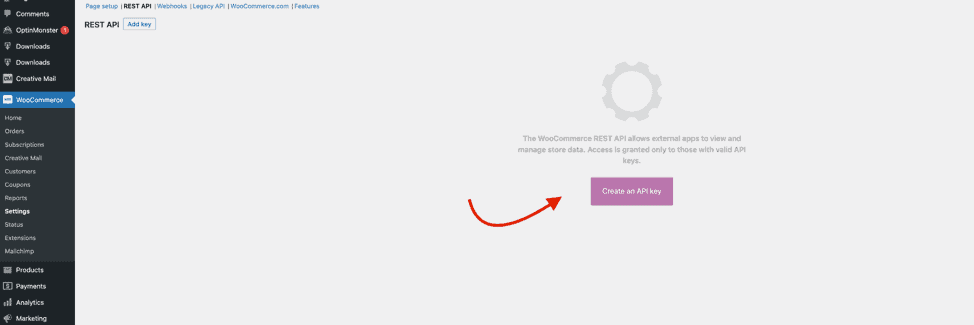
Log in with Google or Facebook buttons are also good examples of how APIs share data and simplify things for users. APIs are also used by weather trackers or to answer simple questions on search consoles.
You may also find some of your favorite plugins use APIs, although you may sometimes need to manually create an API key to enable data sharing between plugins.
WooCommerce also uses APIs to “pay with PayPal” or share data with external apps.
CMS
Web frameworks also power content management systems. When you log into WordPress, you are accessing tons of data that has been organized in a way that allows you to make further changes.
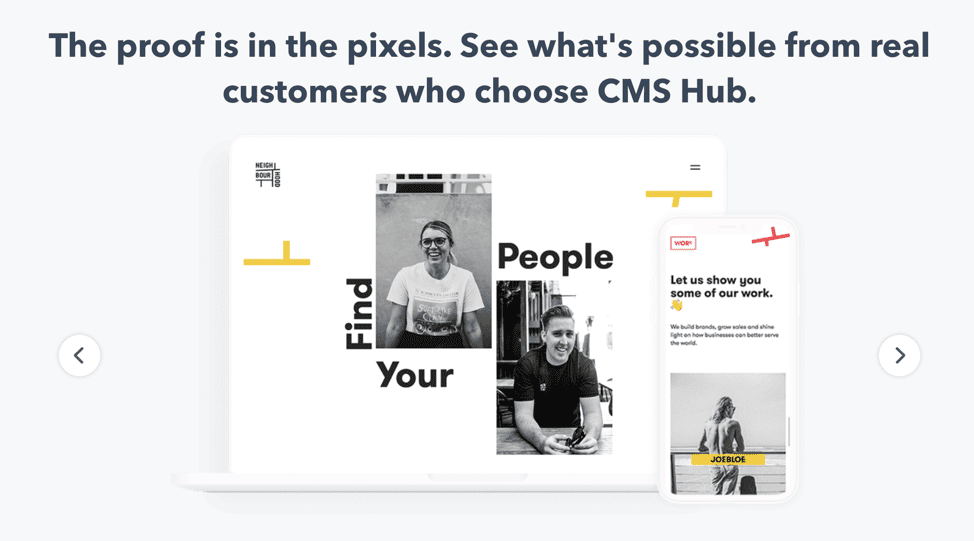
You can use these web frameworks to create templates and change your website design. It’s also possible to create themes using frameworks, particularly since many of them use the same framework.
For example, almost all themes will have headers, comments, and sharing, and the code involved in creating that won’t change much from theme to theme.
In addition, hosting content like blogs, images, or video also works off web frameworks. That is something you tend to see more with back-end frameworks.
You can also change how your content is structured and incorporate domain mapping into your SEO strategy by making changes within the control panel or the server manager of your choice.
Want to learn more? Read this!
Headless CMS vs WordPress сomprasion: https://www.voypost.com/blog/is-it-goodbye-to-wordpress
Why Use a Web Framework?
Now that we’ve looked at what a web framework is, let’s go over the reasons to use one. The frameworks you need to use, and any pros and cons that go along with them will vary depending on your needs.
However, there are some generalizations you can make about frameworks, whether they are front end or back end.
Advantages of Web Frameworks
- Frameworks make building websites, apps, and programs more accessible. You don’t have to write every piece of code from scratch. Instead, you make changes only to the section of code you need to edit.
- They’re time-saving. You can avoid hours of data entry and correcting mistakes.
- Web frameworks are cost-effective. Almost all of the most popular frameworks, from Node.js to ASP.NET, are open-source. You can access them for free and make changes as needed.
- They are secure. Many frameworks operate with the mindset that one way of coding is better, and security is one of those reasons. Security measures are usually strong by default, meaning developers don’t have to worry about their code leaving a website open to attack.
Disadvantages of Web Frameworks
- The biggest disadvantage for developers can be the learning curve attached to these. There is no one JavaScript framework. Instead, you have AngularJS, Ember.js, and Express.js, to name a few. Each framework has its own rules and uses, so even full-stack developers have to learn how to navigate multiple web frameworks and adapt to each one.
- They come with the limitations of any pre-built structure. While advantages to this, like security and speed, are a great trade-off, you have to adjust your code to meet the framework. Some developers grow a sort of dependency on these too. There can be limitations of the data type you can work with or how you access information.
- In general, frameworks are considered essential to web app development. They make it easier for developers to work in multiple languages and work productively. Few developers will be completely against frameworks without good reason.
Front-End Frameworks vs. Back-End Frameworks
Frameworks come in two major categories — front end and back end. Front-end frameworks control the client-side of websites, while back-end frameworks work behind the scenes with servers.
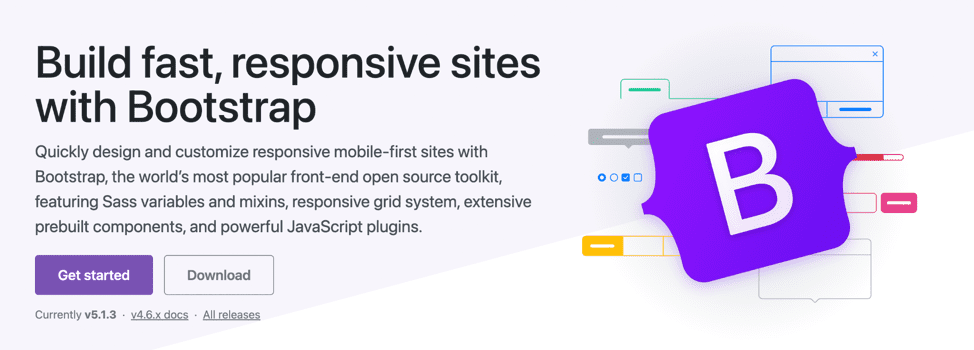
Front-End Frameworks: What the Customer Sees and Interacts With
Front-end frameworks control what the user sees on your website and what they can click on. There are many different front-end frameworks, but some of the most popular ones include React, Bootstrap, Angular, Ember, and Vue.
These frameworks share these similarities:
- Visible to users. The content they control will be seen by users, whether on an app or website.
- UX/UI design. They help control the user experience (UX) and user interface (UI).
- SEO optimization. These frameworks follow SEO best practices, aiming to speed up your site without weighing it down.
- Front-end languages. These frameworks run on HTML, CSS, JavaScript, or a combination of the three programming languages.
Back-End Frameworks: Server-Side and Behind the Scenes
Unlike front-end frameworks, back-end frameworks aren’t controlling visible changes. They manage data and routing for servers and not the visual aspects of websites.
Today, some of the most widely used back-end frameworks include Django, Ruby on Rails, Spring, ASP.NET, MySQL, Laravel, and Meteor.
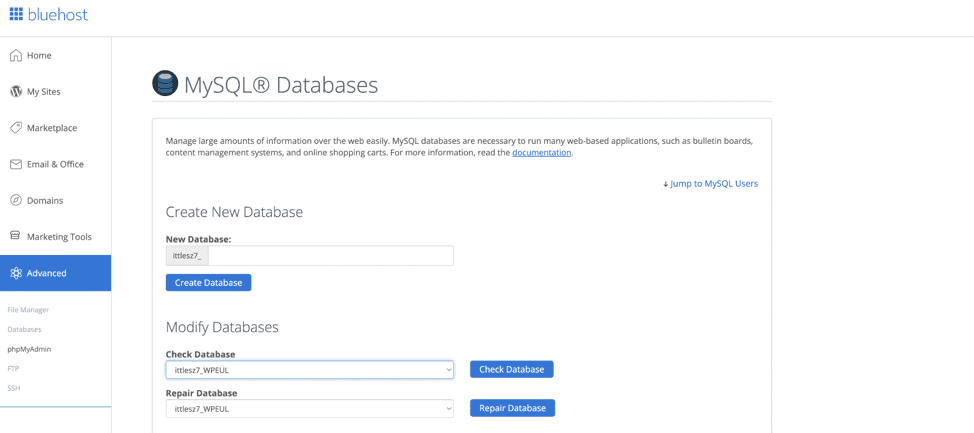
These frameworks:
- Are NOT visible to users. Only developers interact with and view them.
- Deal with database management. Instead of a website’s visual aspects, they deal with how the data on a website is stored and accessed by servers. They also deal with things like caching and authentication.
- Control privacy. Integrations and security management go through the back end, and these frameworks manage them.
- Handle domain mapping. The website structure and organization are handled in the back end.
- Use back-end languages. Some languages used include Python, JavaScript, Ruby, C#, and PHP.
Use Cases With HubSpot
HubSpot is an excellent example of why you’d want to work with web frameworks. The customer relationship management (CRM) developer is built with proprietary markup language but uses APIs and frameworks to simplify customizing HubSpot software.
HubSpot now has integrations for over 1000 different apps or software programs thanks to its API and framework use.
How To Use HubSpot Alongside Your Framework
If you’re a programmer who’s already comfortable with some back-end languages, developing with HubSpot isn’t too difficult.
HubSpot follows standard HTTP protocol for APIs and works with multiple languages like Python, JavaScript, Ruby, and PHP.
You’ll need a free developer account to start working with HubSpot and the back-end framework of your choice, but after you’ve gotten started in the sandbox, it’s easy to develop, test, and publish on HubSpot’s platform.
If you’d like to learn more about developing with HubSpot’s HubL language, be sure to check out the documentation and tutorials for developing with HubSpot’s CMS.
How Non-Tech Users Can Take Advantage of These Web Frameworks
While thousands of developers have created apps and customized HubSpot to work best with their company, many users have benefited from these frameworks in action.
Website Landing Pages
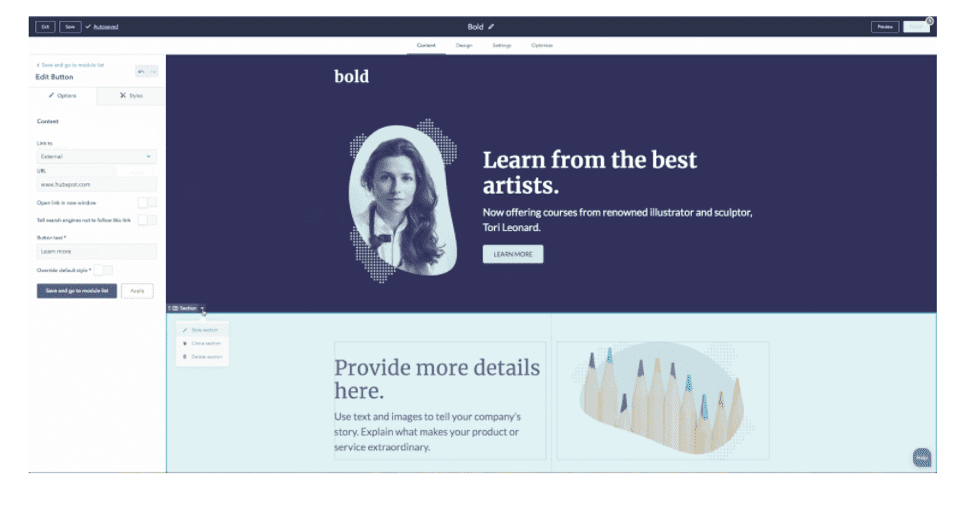
You can build a website with a squeeze page builder that runs on a framework. These drag-and-drop builders require no coding knowledge, so they’re perfect for beginners. With these, you can build beautiful and responsive websites in minutes. In fact, there are many no code platforms available that make it easy to create a website without any coding experience. For tailored solutions, a nocode agency offers expert design and customization.
Blogs
Starting a blog is so much easier now than back in the 90s. Web application frameworks have taken out most of the coding work for the average user, with tools like WordPress powering almost 43.2% of websites online in 2022.
WordPress is popular because it’s free, easy to use, and delivers results.
CRMs
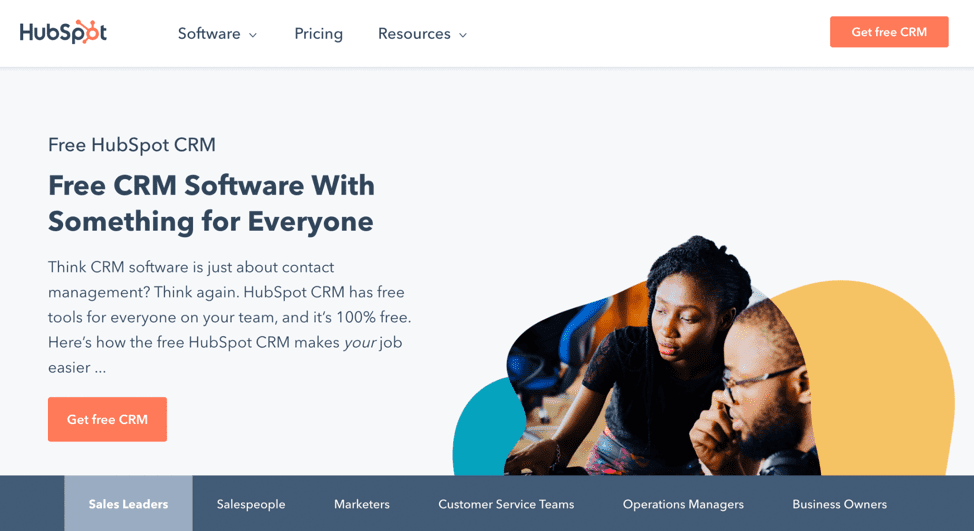
CRMs like HubSpot have grown in popularity because they take advantage of web frameworks. Unlike older CRMs, new cloud-based CRMs work with hundreds of other apps and new features to automate workflows.
You can access your contact database anywhere, and your data is kept in sync for each user. For example, a customer could confirm an appointment with you on Facebook messenger. That information will be automatically synced with your connected HubSpot account.
HubSpot then sends a request to your calendar application to add the data to that app as well. You didn’t have to manually type in any of the information, different web frameworks communicated with each other to handle it for you.
Email Hosting
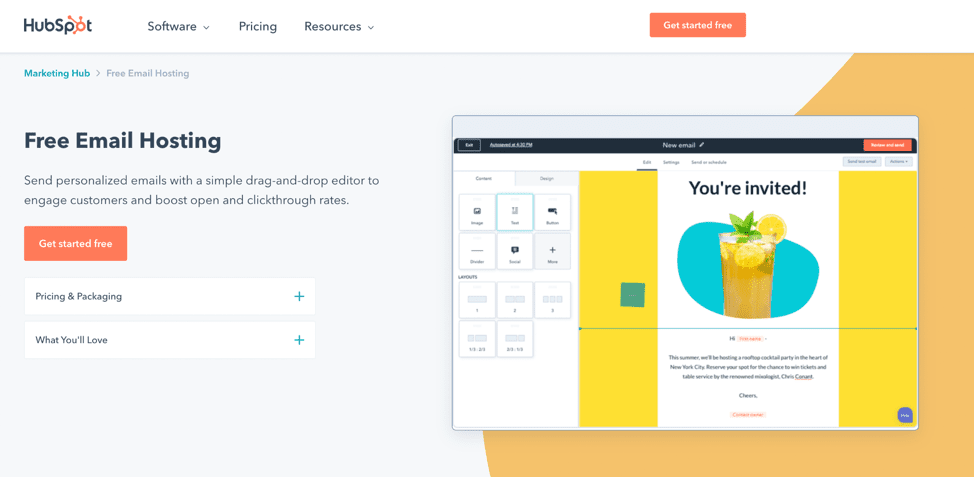
Web Frameworks are also involved with email hosting. Your email is hosted on servers and then accessed by different hosting companies to open, send, and forward the information to the correct recipient.
HubSpot’s email hosting allows you to automatically sync your work email with your CRM, updating your database with information from your contact list.
HubSpot also works by taking information from your CRM and letting you create emails with that information. HubSpot makes it simpler to create emails that appear customized with less work.
Final Thoughts: What a Web Framework Is and Why You Should Use One
Web frameworks can help you develop complex web apps in less time and with cleaner code. They collect code in databases or libraries while still allowing users to change the code to suit their needs.
While this tool is more complex and often used by developers, everyone involved in website design can benefit from a basic understanding of frameworks.
You can use frameworks to build APIs and add complex functions to your website or CMSs like WordPress. Frameworks for both the front-end and back-end of web development exist, and each can help with different goals.
If you’re using a tool like HubSpot and need to personalize the app, using a web framework is a great way to do it.
Lastly, web frameworks also make it easier for people who don’t know how to make web pages too. Take advantage of these frameworks to quickly create landing pages, speed up your website, and clean up your plugins.